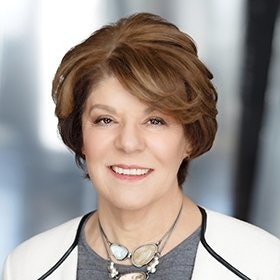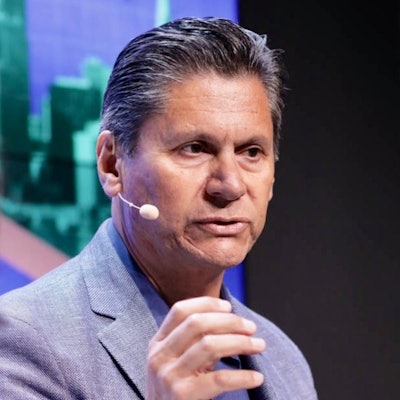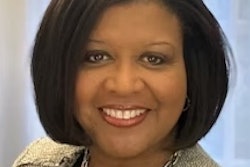On the same day the U.S. Supreme Court heard arguments regarding race-conscious admissions policies, higher education stakeholders gathered to discuss the barriers keeping more women and people of color from becoming college and university presidents.
 Dr. Estela Bensimon, professor emeritus and founding director of the Center for Urban Education at the University of Southern California, and president of Bensimon & Associates.
Dr. Estela Bensimon, professor emeritus and founding director of the Center for Urban Education at the University of Southern California, and president of Bensimon & Associates.
While researching and issuing a report on Californian public postsecondary institutions, Bensimon & Associates and College Futures Foundation, a California organization working towards greater educational opportunity, found troubling patterns that favor white candidates and cultural whiteness in the search for collegiate leadership. Their report, Whiteness Rules: Racial Exclusion in Becoming an American College President, presents the results of a yearlong study of current college president and chancellor search practices and interviews with current postsecondary leadership.
The conclusion is that male whiteness has created a standard that’s expected to be replicated, which excludes candidates of color, sometimes even before they apply. Current standards benefit traditional career paths and do not place an emphasis on experience in equity. Candidates of color confront racial biases, both internal and external, from search committees, board of trustees, and even faculty and staff.
But the report also presents a toolkit, tangible ways to adjust the leadership search that purposefully and intentionally centers diversity. Suggestions include hiring race-conscious search firms, centering equity while building search committees, offering training about racial biases and equity for those committees, reformatting the way job searches are released and written, and reexamining standard expectations. Experts agreed these findings and suggestions are not only applicable in California but could be used across the nation.
“It’s not just a report on diversity, it’s about student success,” said Eloy Ortiz Oakley, president of College Futures and former chancellor of California Community Colleges. “Our students in California and the country should be able to see themselves represented in the leaders that are on campuses, because we know that diversity on campus leads to greater success for all students, not just students of color or other groups.”
According to the most recent study of college presidents by the American Council of Education, a nonprofit membership organization that connects higher education with public policy, less than one in five college presidents in America identify as Black, Latinx, Indigenous, Asian, or Pacific Islander. Less than one third identify as women, and the majority of those women are white. Eighty percent of presidents hold a doctoral degree and served in an executive administrative role prior to their current presidency.
 Eloy Ortiz Oakley, president of College Futures Foundation and former chancellor of California Community Colleges.
Eloy Ortiz Oakley, president of College Futures Foundation and former chancellor of California Community Colleges.
“In the report, we illustrate how the rules that govern who is qualified for college president unjustly advantages white candidates explicitly and implicitly,” said Bensimon. “Some will point to existing presidents of color as examples of the system working as it should be. The error in that thinking is revealed with the discovery of a clear pattern of forcing both chancellors and presidents of color to go for a traditionally white male standard for the position.”
Whiteness isn’t just skin color, but the expected behaviors associated with whiteness, Bensimon explained, which could include vocabulary and voice and well as physical presentation, from fashion choices to hairstyle. Performing whiteness, she said, gives selection committees the comfort that hiring the candidate will not present a risk to the institution. Bensimon summarized this expectation as, “don’t show up too ethnic.”
“This is an uncomfortable discovery, and some higher levels will be inclined to dismiss it,” said Bensimon. “Whiteness is still not recognized for what it is: a valued credential, granting extra points to those who possess it.”
One suggestion for removing the whiteness standard is to examine what criteria candidates are expected to meet and substitute those expectations for skills that emphasize diversity, equity and inclusion. As an example, instead of looking for the number of years a candidate has held a leadership position, search committees can instead look for candidates that have experience with creating, organizing or leading programs that advance anti-racism.
Oakley explained that the processes and qualifications used to hire presidents were created at a time when postsecondary education was targeted towards white individuals. The guidelines have been cemented, and Oakley said some will be reluctant to change long held standards.
“There is an underlying expectation with boards that they will continue to do the practices handed down to them,” said Oakley. “It really is a culture, and that’s a critical issue, changing the culture and expectations, demanding that governing board members take a hard look at that culture and do what’s necessary to change it.”
Liann Herder can be reached at [email protected].












